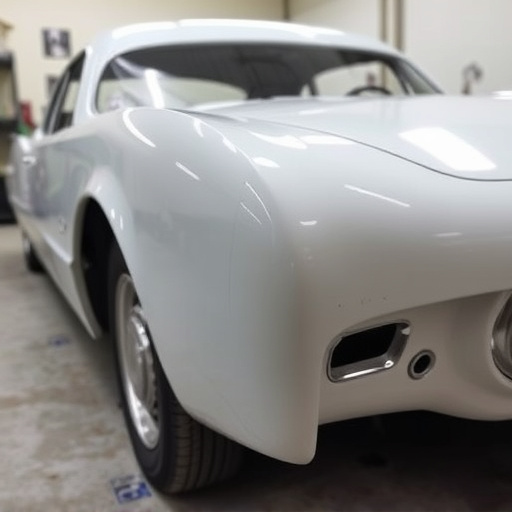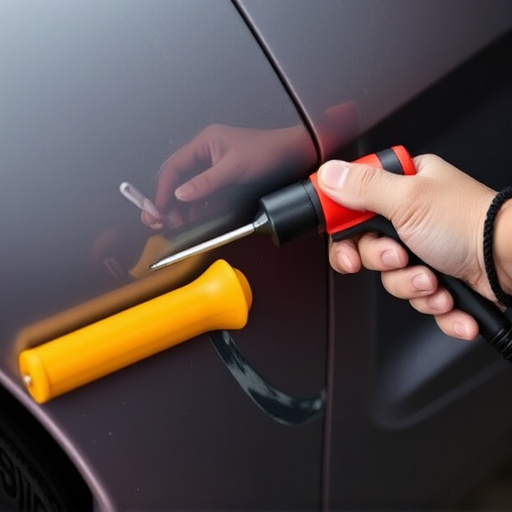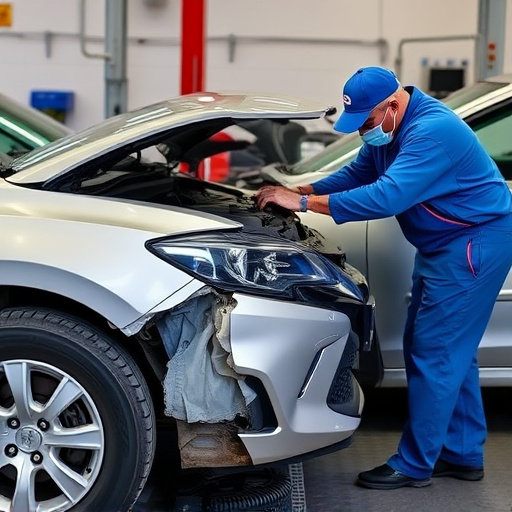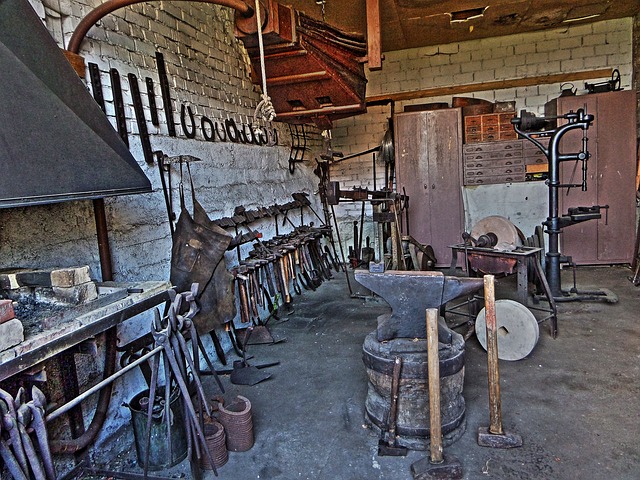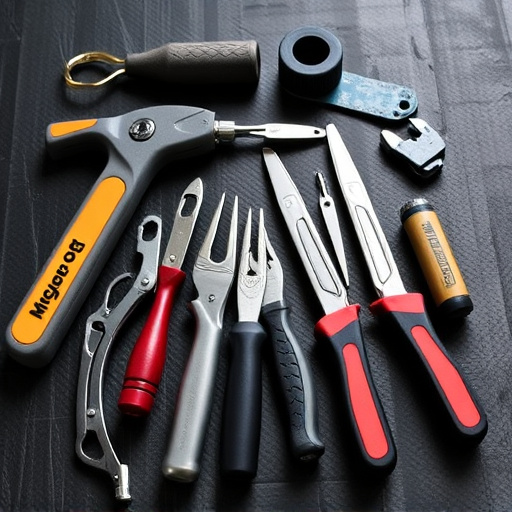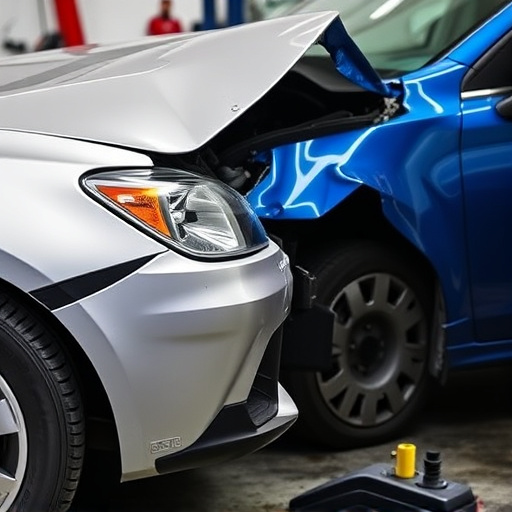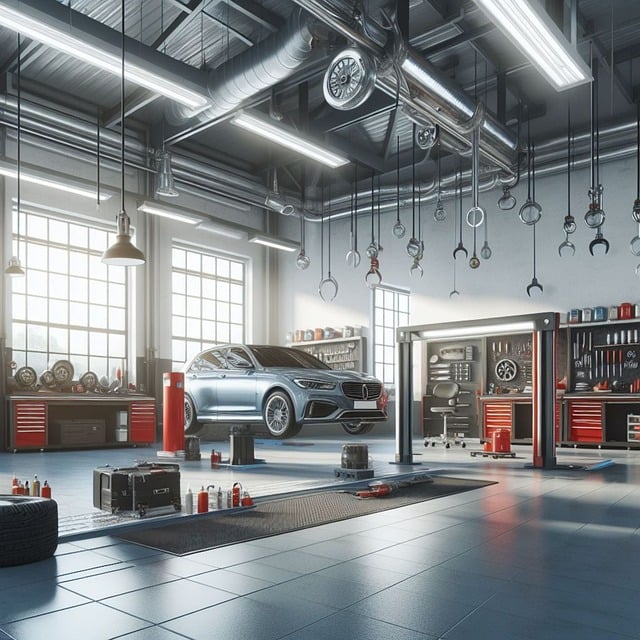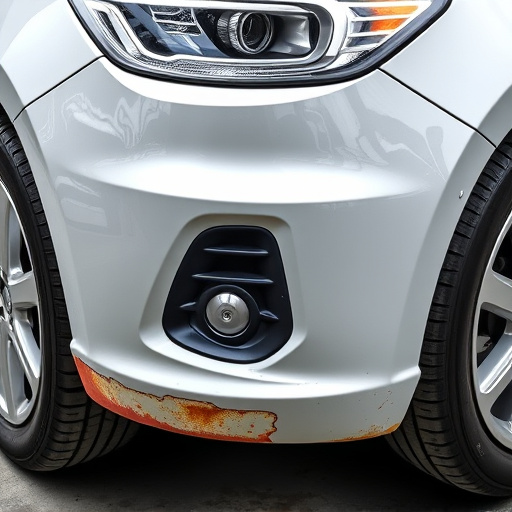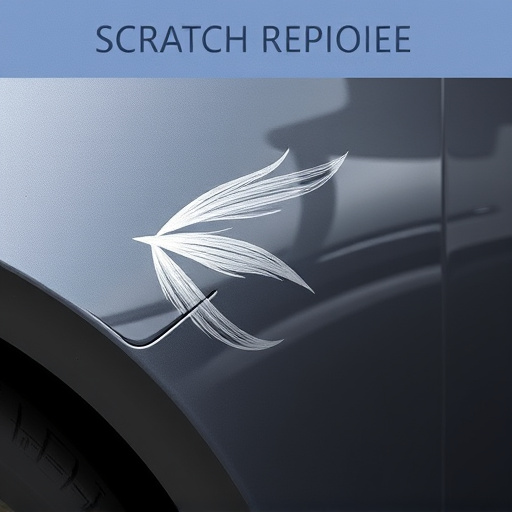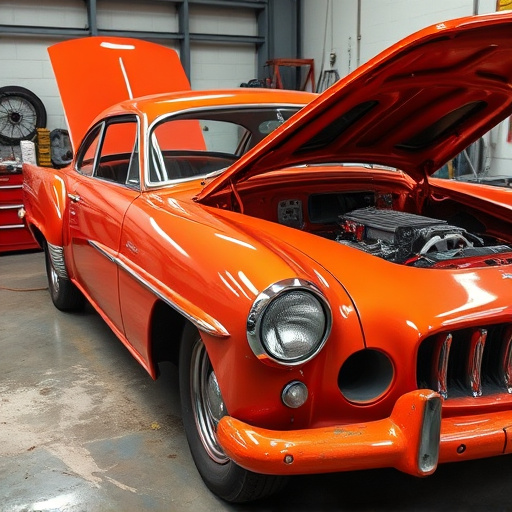Collision repair estimates, whether verbal or written, impact customer trust and cost perception. Verbal estimates are accessible but less precise, potentially leading to disputes over unexpected bills. Written estimates offer detailed transparency, crucial for comparing collision repair services, especially for classic car restoration with specialized costs. Always review parts, labor, and optional fees; pay close attention to accuracy to avoid unforeseen expenses during repairs.
Collision repair estimates are a crucial aspect of auto body work, offering two primary methods: verbal and written. This article delves into the distinct characteristics of each approach. We explore the benefits and potential pitfalls of verbal estimates, providing insights into their role in quick assessments. Meanwhile, it breaks down the key elements to scrutinize in written estimates, empowering readers to make informed decisions. Ultimately, we conduct a comprehensive comparison, highlighting the accuracy and reliability differences between these two collision repair estimate types.
- Understanding Verbal Estimates: Benefits and Pitfalls
- Written Estimate Breakdown: What to Look For
- Comparison: Verbal vs. Written Accuracy and Reliability
Understanding Verbal Estimates: Benefits and Pitfalls
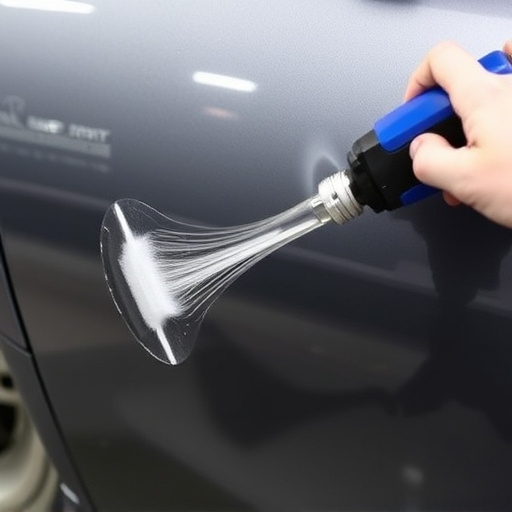
Verbal estimates for collision repair have their advantages and disadvantages. One key benefit is their convenience; a customer can quickly get an idea of the costs involved in a vehicle body shop without extensive paperwork or detailed inspection. This informal approach often fosters trust, especially when the estimator explains the process clearly and addresses any concerns. It’s like having a friendly chat with a knowledgeable friend who helps you navigate through a tricky situation.
However, verbal estimates may not offer the same level of precision as formal written collision repair estimates. Since these discussions are usually high-level overviews, they might omit crucial details about specific damage or intricate repairs needed. This lack of specificity can lead to misunderstandings and potential disputes later on. For instance, while a customer might be told “it will cost around $X for scratch repair,” the actual price could vary significantly based on unforeseen complexities, leaving room for dissatisfaction if the final bill surprises them.
Written Estimate Breakdown: What to Look For
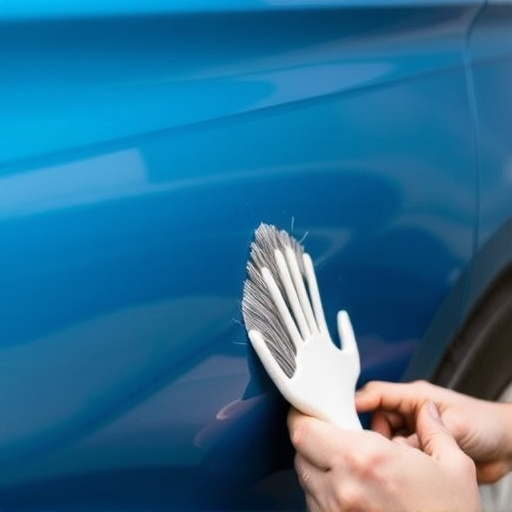
When reviewing a collision repair estimate, it’s crucial to break down the costs involved. A well-detailed written estimate for automotive repair should include a comprehensive breakdown of parts and labor. Look for sections that specify the cost of each component, from replacement parts to shop rates. This transparency allows you to understand where your money is going, especially when comparing collision repair services from different shops.
Pay attention to additional charges or hidden fees. Some estimates may include optional add-ons or upcharges for specific procedures. Be particularly vigilant with classic car restoration estimates, as these can be more intricate and costly due to the need for specialized parts and techniques. Ensure you are comfortable with all costs before approving any work to avoid unexpected expenses during the repair process.
Comparison: Verbal vs. Written Accuracy and Reliability
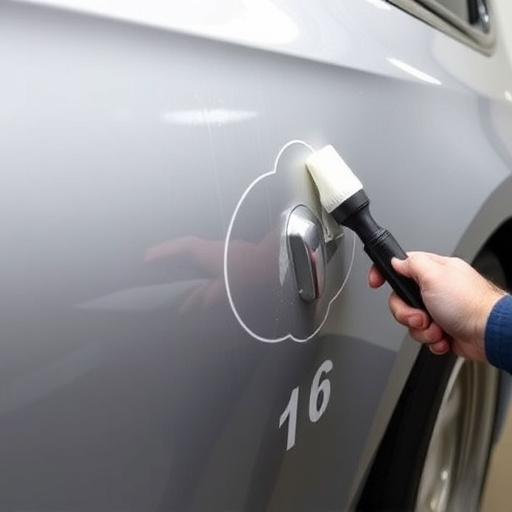
When comparing verbal versus written collision repair estimates, accuracy and reliability are paramount for customers. Verbal estimates, provided over the phone or in-person meetings, rely on clear communication between the estimator and the client. While this method can be convenient, it’s susceptible to human error, miscommunication, or even intentional misinterpretation. On the other hand, written repair estimates offer a more detailed, documented record of the assessment process.
Written collision repair estimates are generally more reliable because they encapsulate a structured breakdown of damages, labor costs, and material expenses. This documentation allows both parties to have a clear understanding of what needs to be repaired, why it’s necessary, and how much it will cost. Moreover, written estimates provide a permanent record that can serve as a reference point for future repairs or disputes, making them invaluable in the context of automotive repair services and collision centers.
When it comes to collision repair estimates, both verbal and written options offer unique advantages. Verbal estimates provide quick insights and flexibility, while written estimates offer detailed breakdowns and long-term reference. Ultimately, choosing the right method depends on individual preferences and the complexity of the repair. For accurate and reliable collision repair estimates, understanding these differences is key to making an informed decision.


